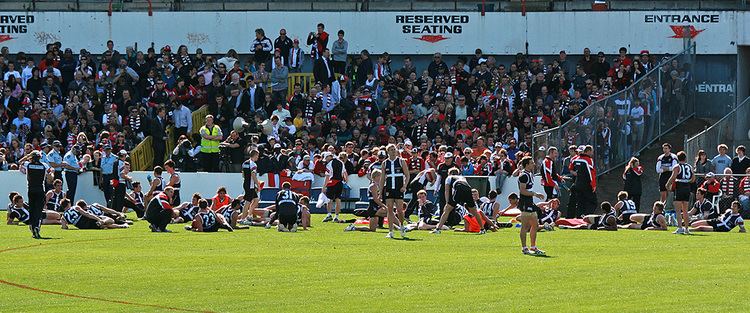 | ||
Static stretching is used to stretch muscles while the body is at rest. It is composed of various techniques that gradually lengthen a muscle to an elongated position (to the point of discomfort) and hold that position for 30 seconds. 30 seconds is the minimum duration to get the benefits of stretching, whereas two minutes is the maximum (if a position can be held for more than two minutes, a farther stretch should be performed) However, no significant difference has been found in resulting range of movement between performing a static stretch for 30 seconds, and 60 seconds. Therefore, if you want to save time, it is advised you stick to repetitions of 30 seconds.
During this holding period or directly afterwards, participants may feel a mild discomfort or warm sensation in the muscles. Static stretching exercises involve specialized tension receptors in our muscles. When done properly, static stretching slightly lessens the sensitivity of tension receptors, which allows the muscle to relax and to be stretched to greater length.
There is doubt over the effectiveness of static stretching, with some circles of sport strongly recommending against it, such as soccer, slamball and rugby league. Recently, there has been a controversy over static stretching saying that it gets you ready but makes you weaker.
Isometric Stretching/ Static Stretching is often advocated by many coaches and fitness experts as great way to stretch before an athletic event or exercise activity. However, in reality static stretching has been proven detrimental to performance, as recent studies have shown that it tampers explosive ability. Static stretching also augments the joint and can promote instability in the joint, thus making an individual more susceptible to injury. Individuals should turn to more dynamic type stretching to enhance rather than hinder performance.
Stretching helps keep you flexible and counteracts the repetitive movements of exercise. When performed correctly and at the right time, static stretches help you lengthen tight muscles and improve your balance and overall fitness. A good stretch session also helps relieve stress and tension.
To perform a static stretch properly, you should get far enough into the stretch that you feel a slight pull but no pain. It helps to exhale as you get into a stretch. When you're holding a stretch, breathe normally and avoid the tendency to hold your breath. Repeat each static stretch two to four times.
